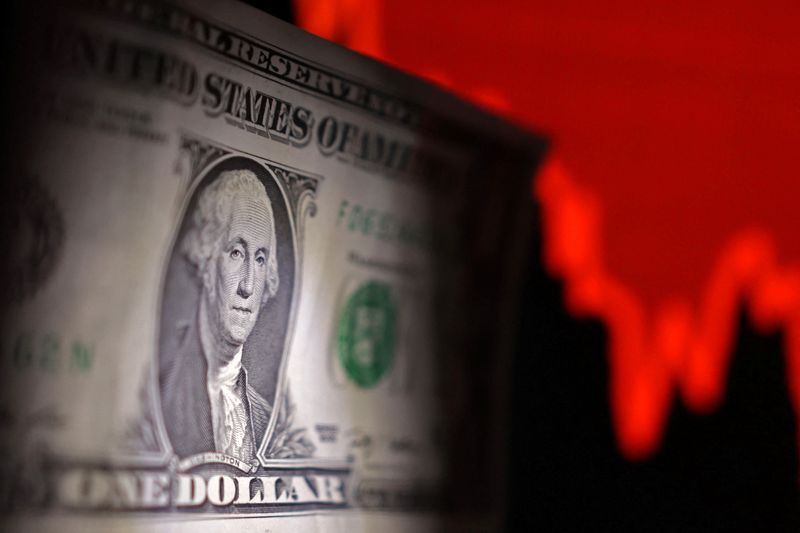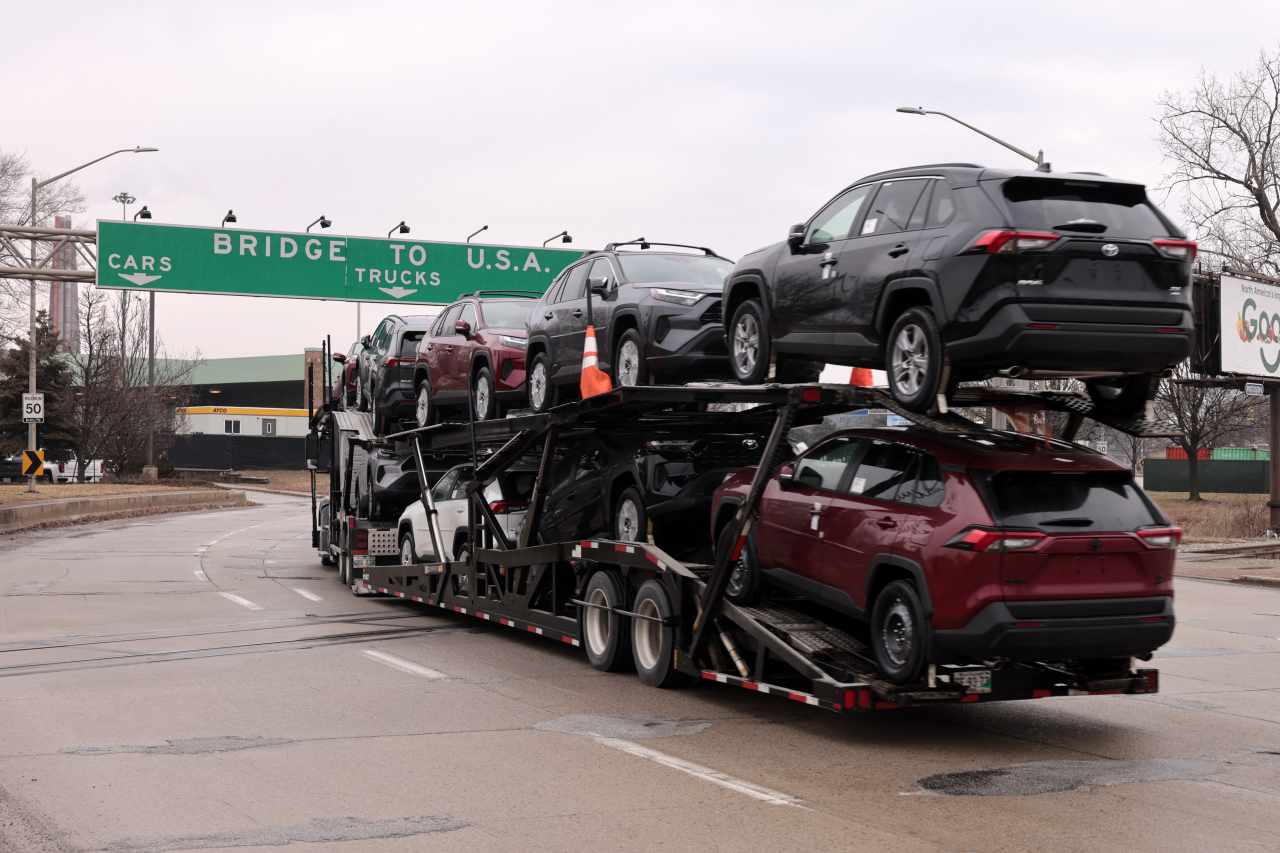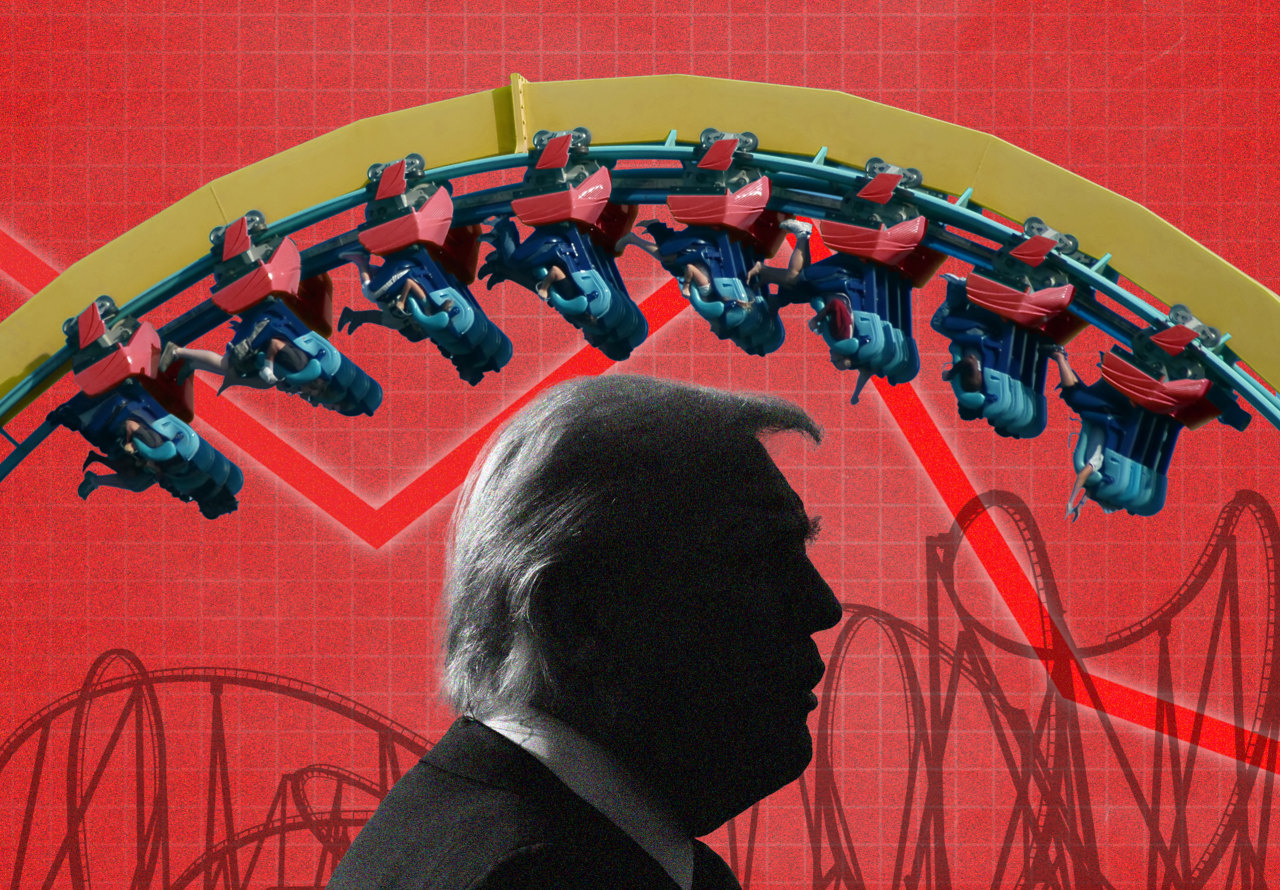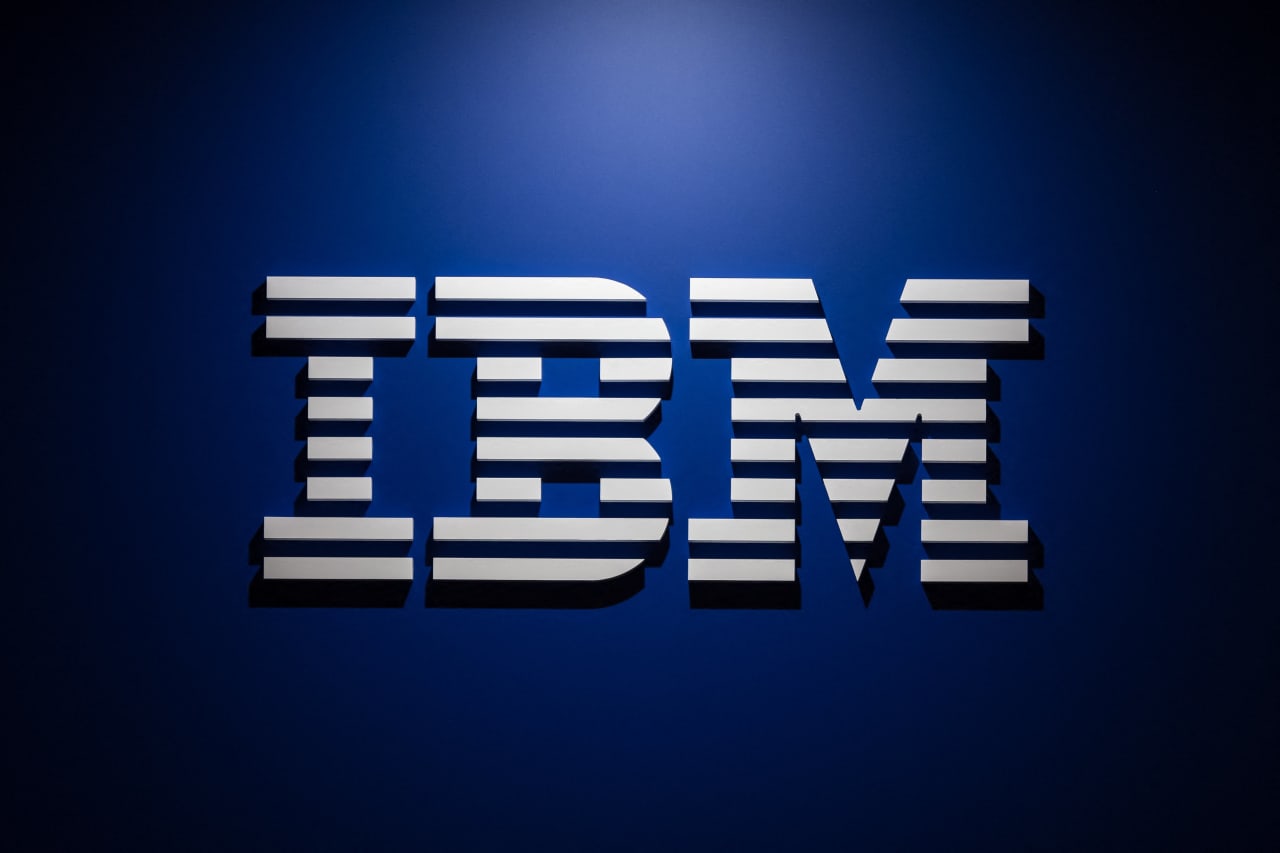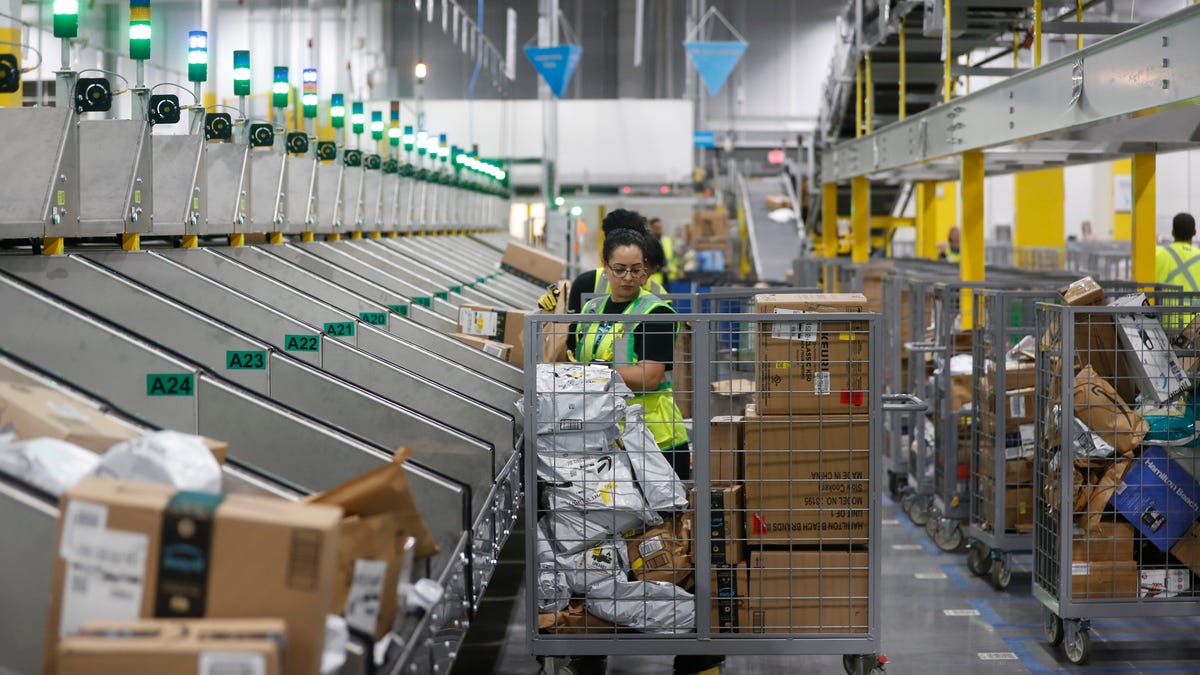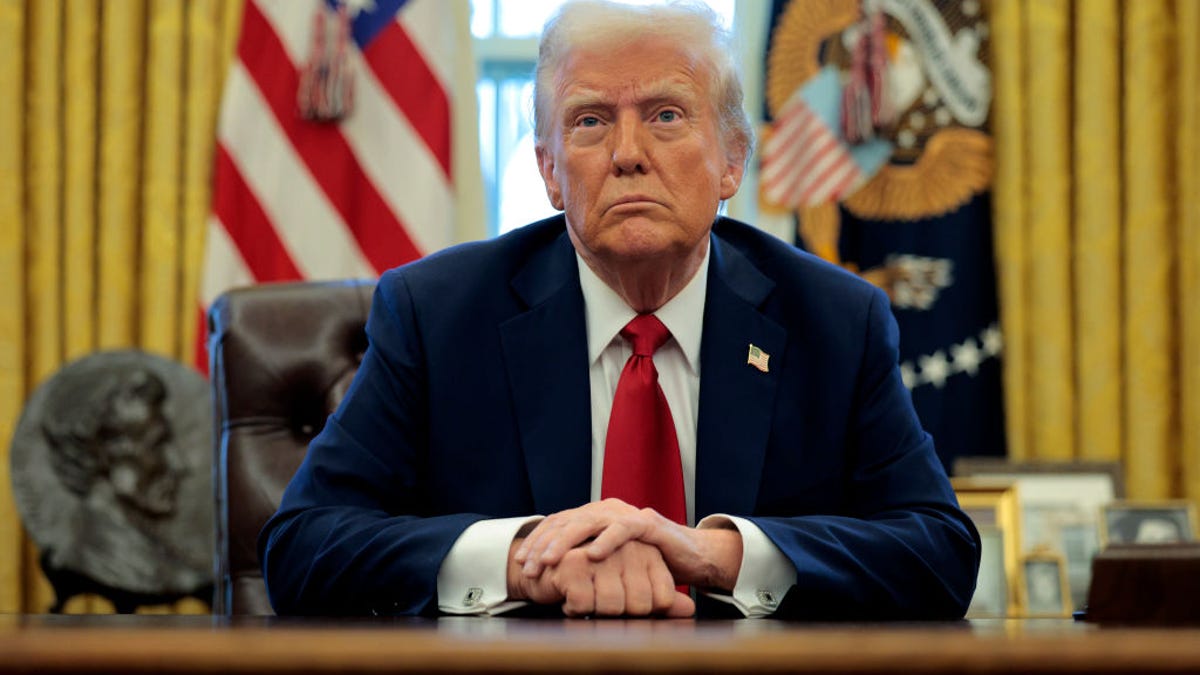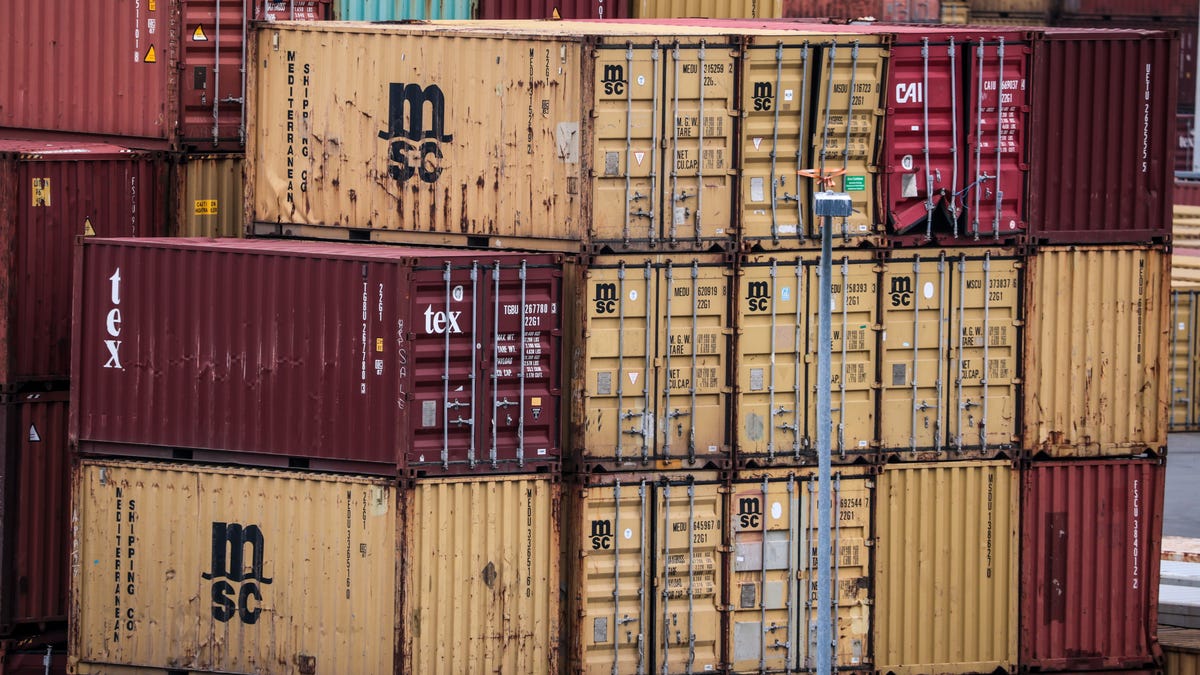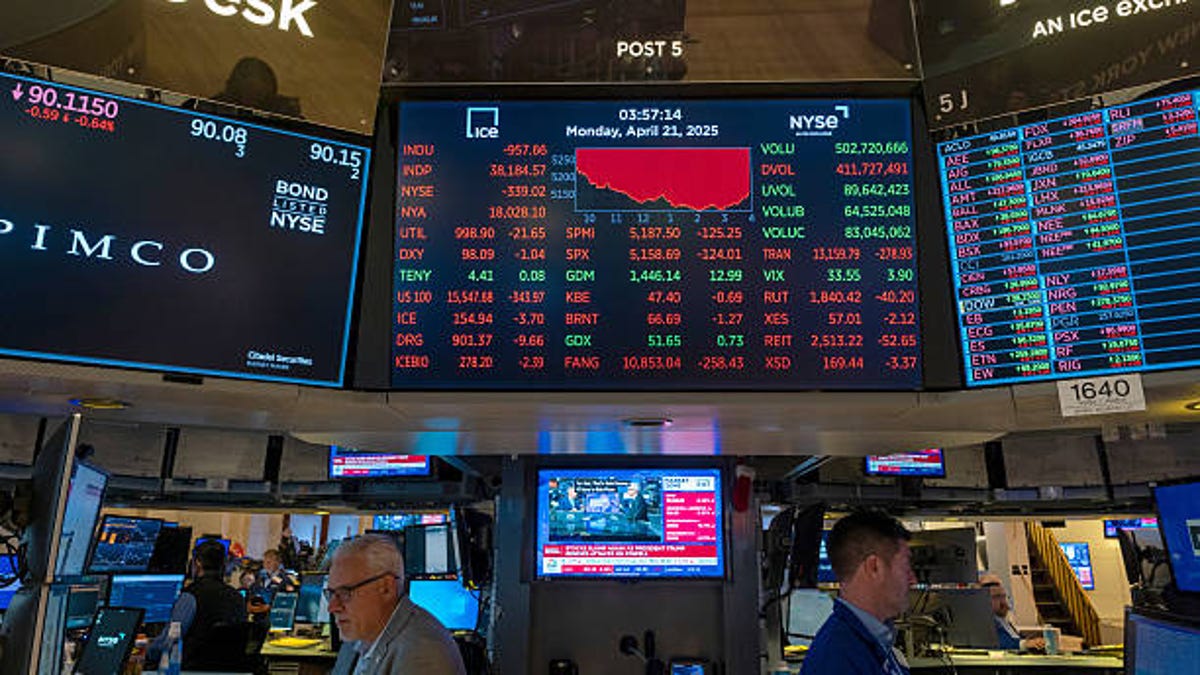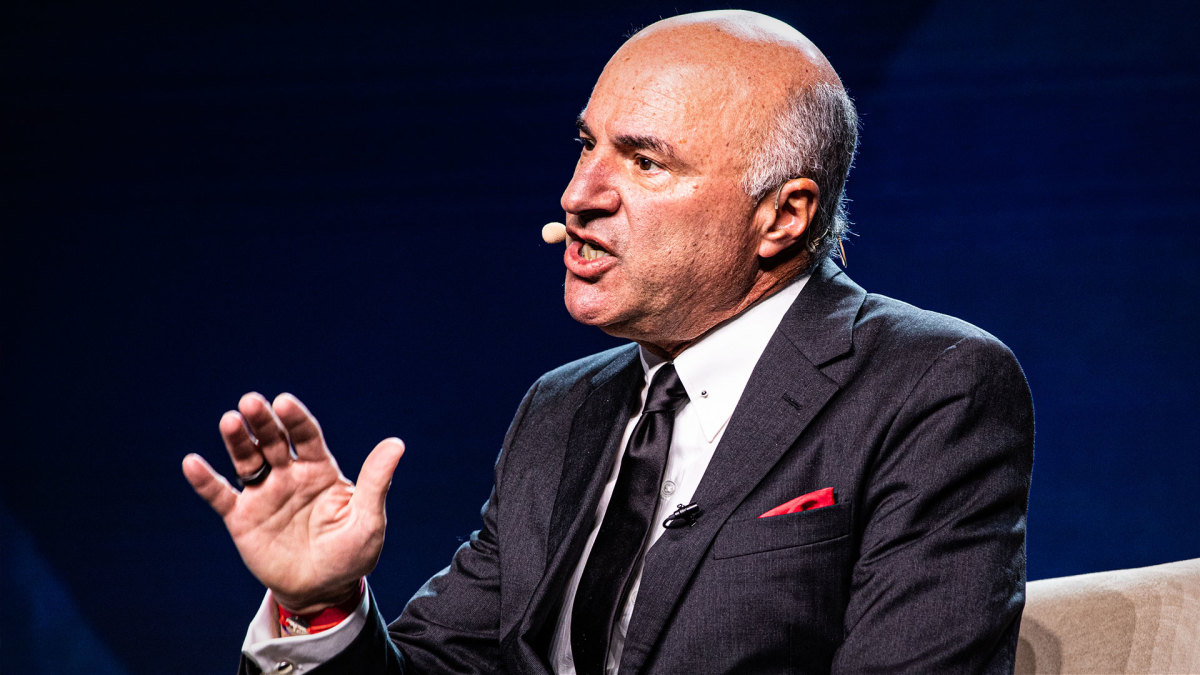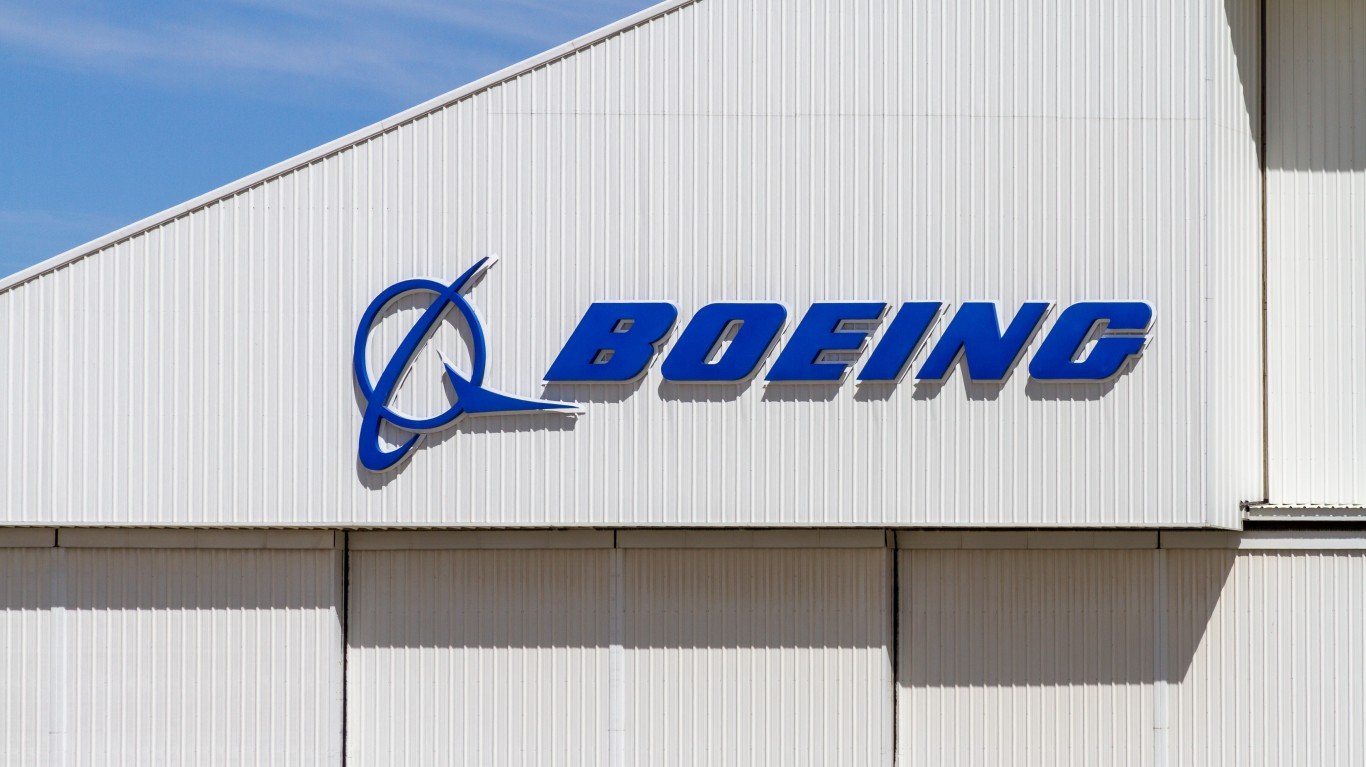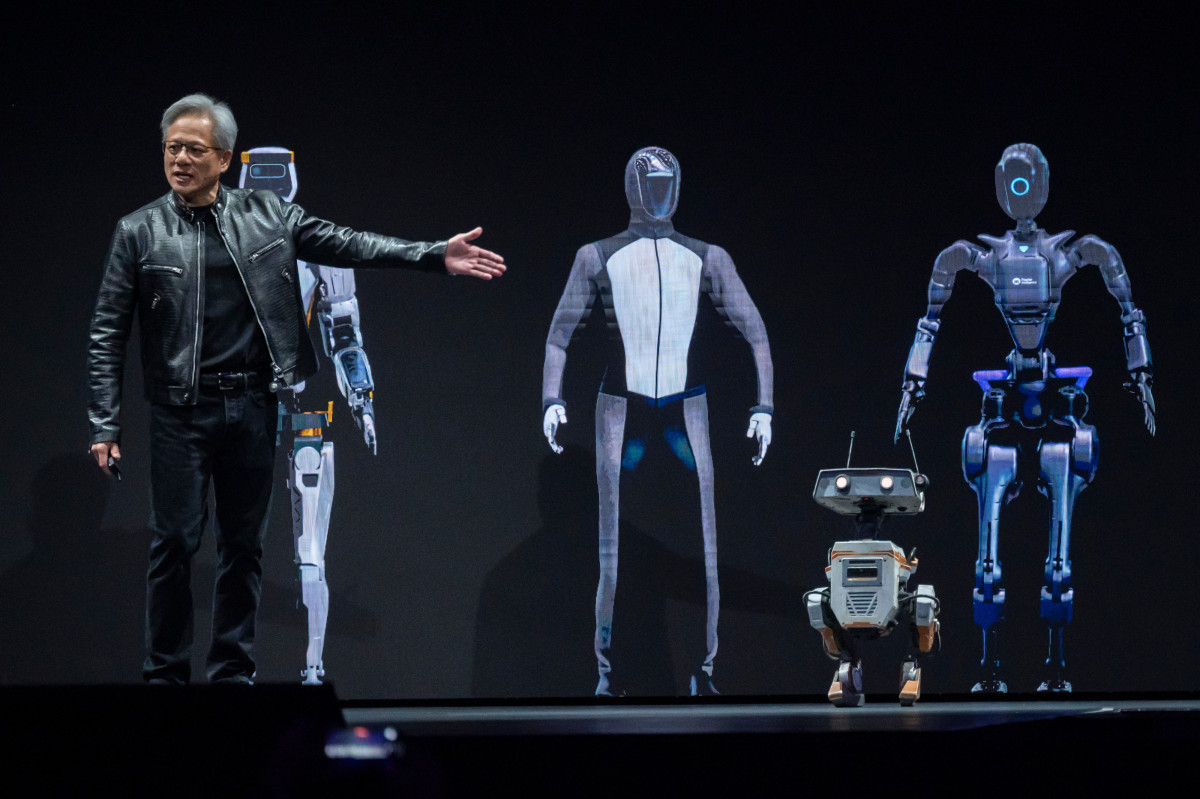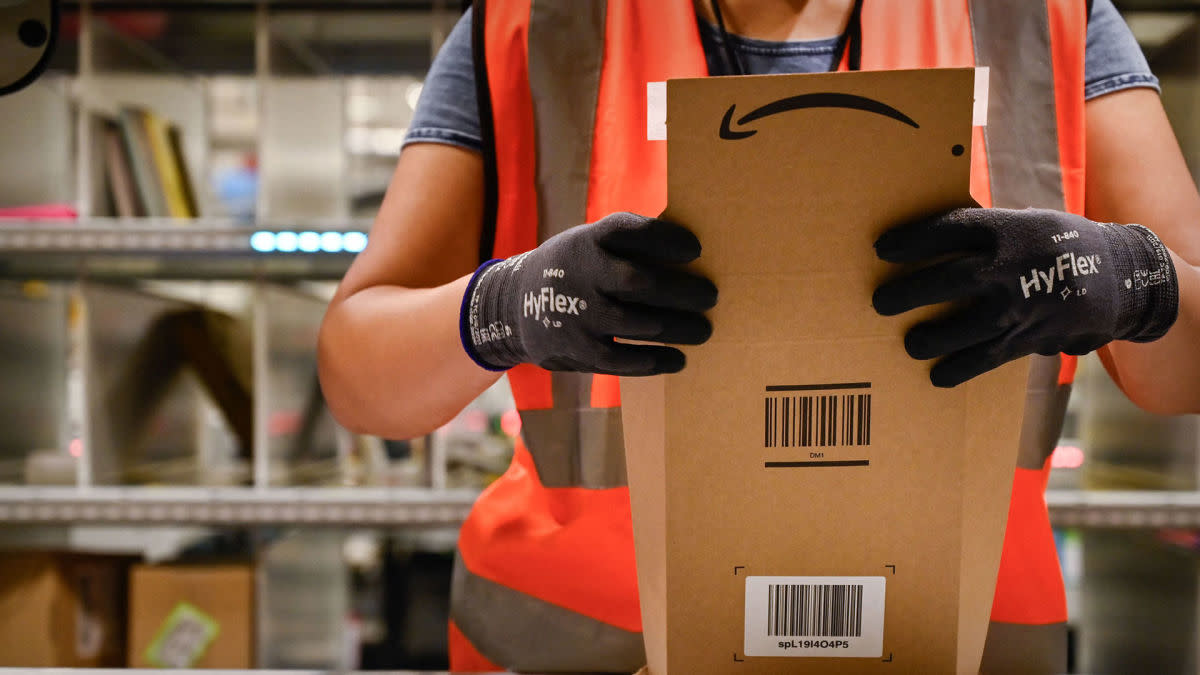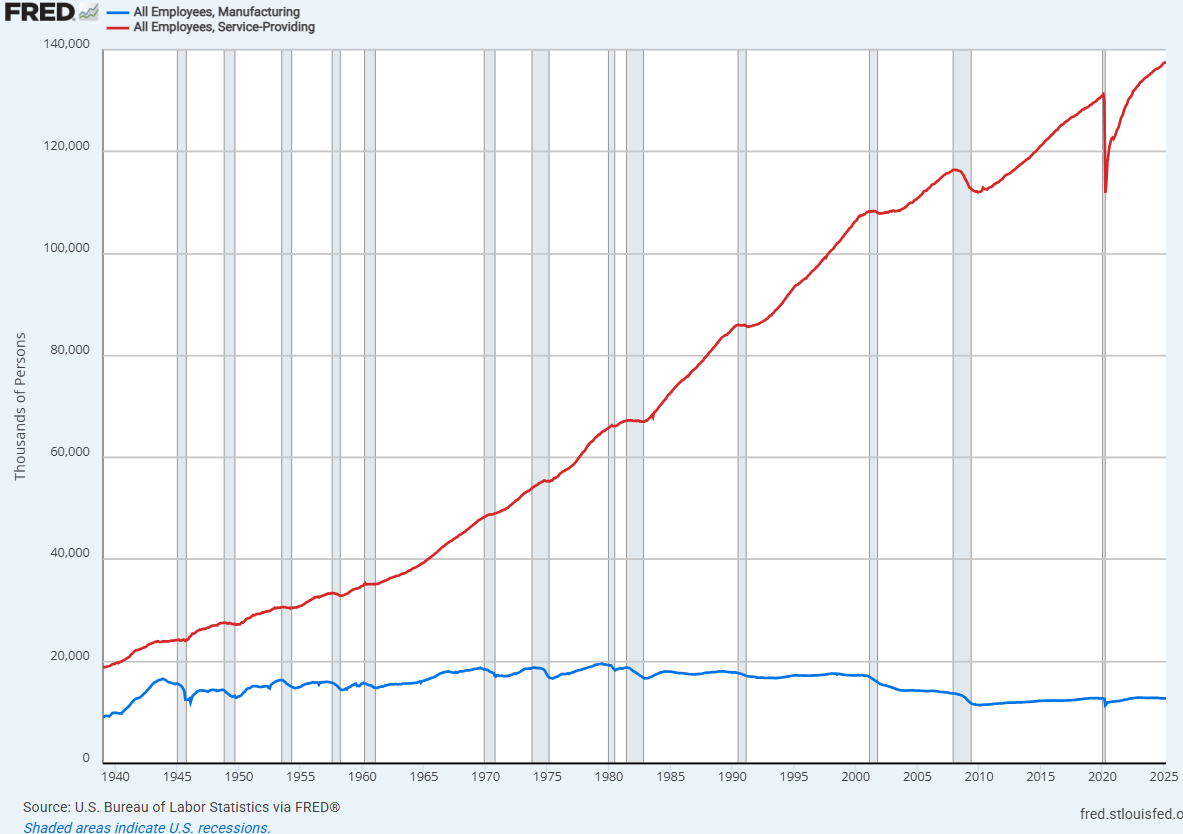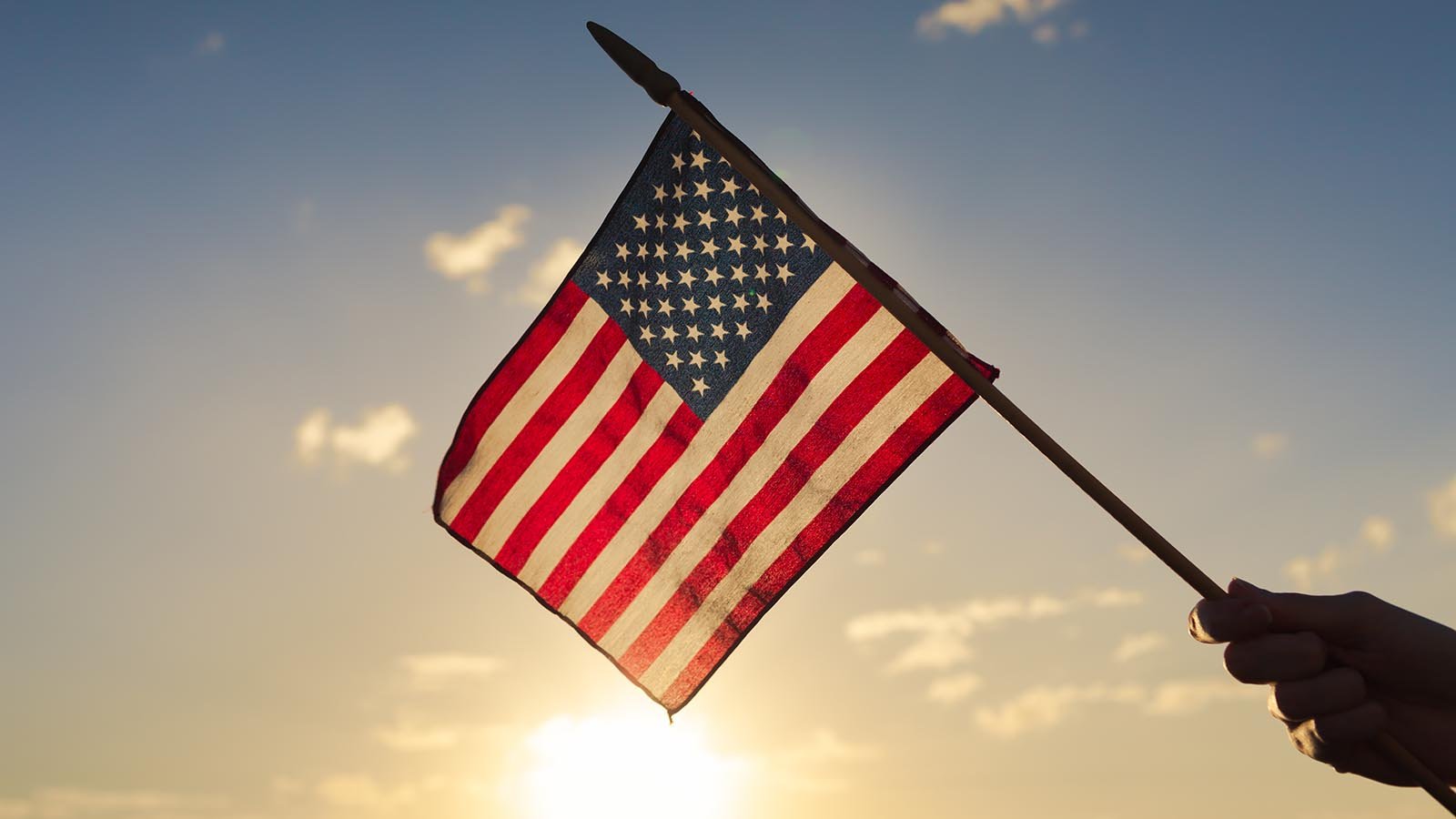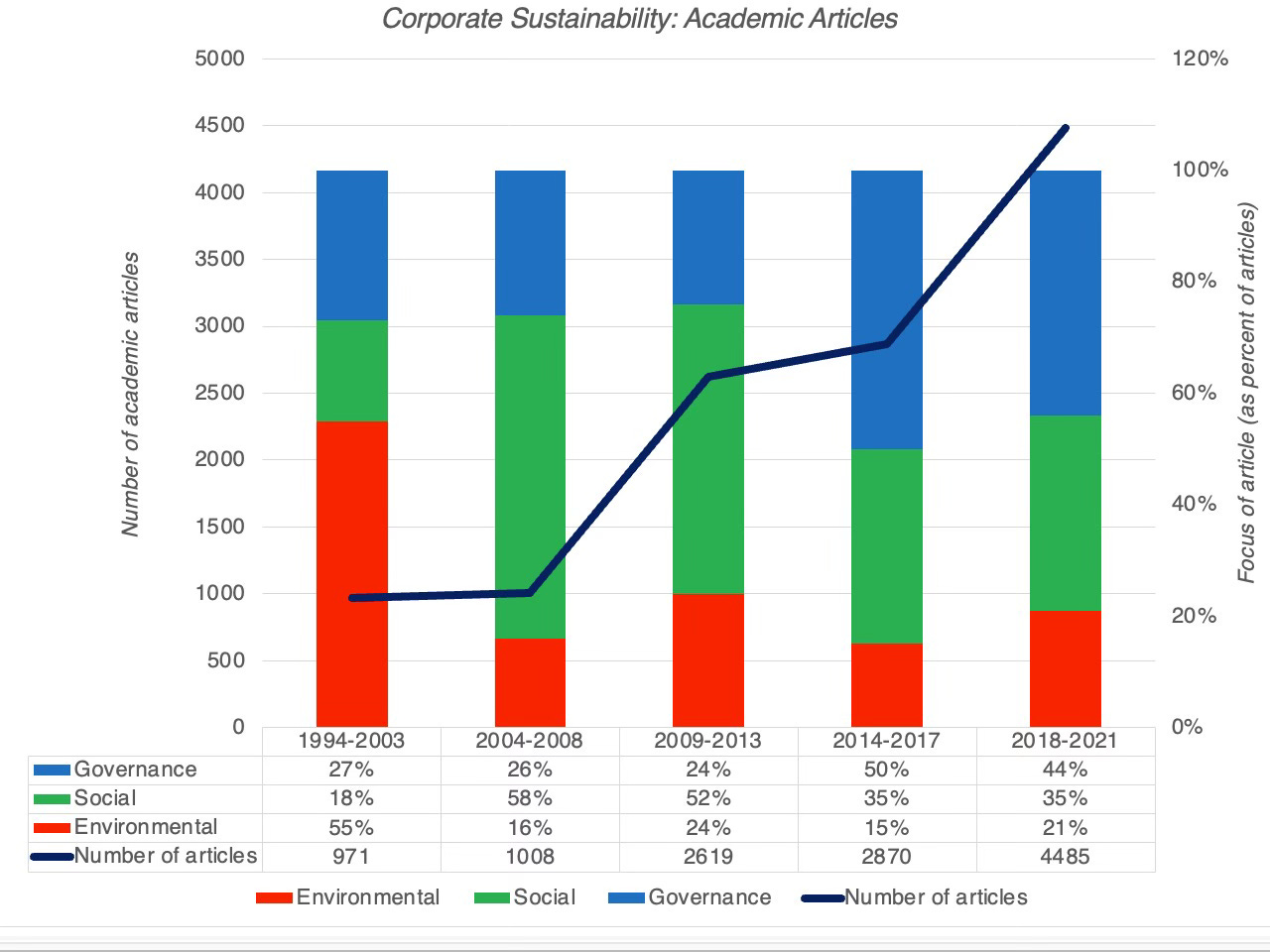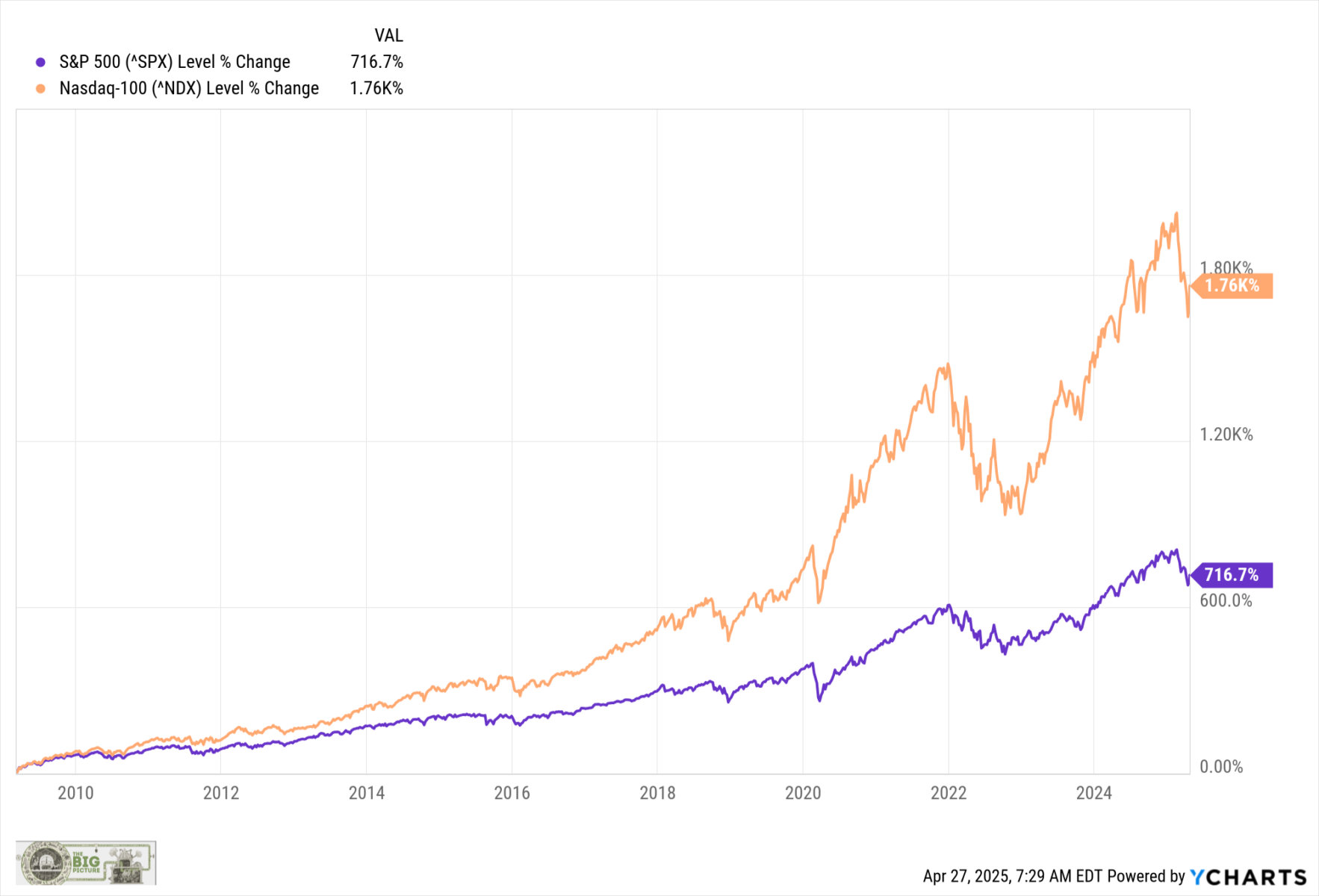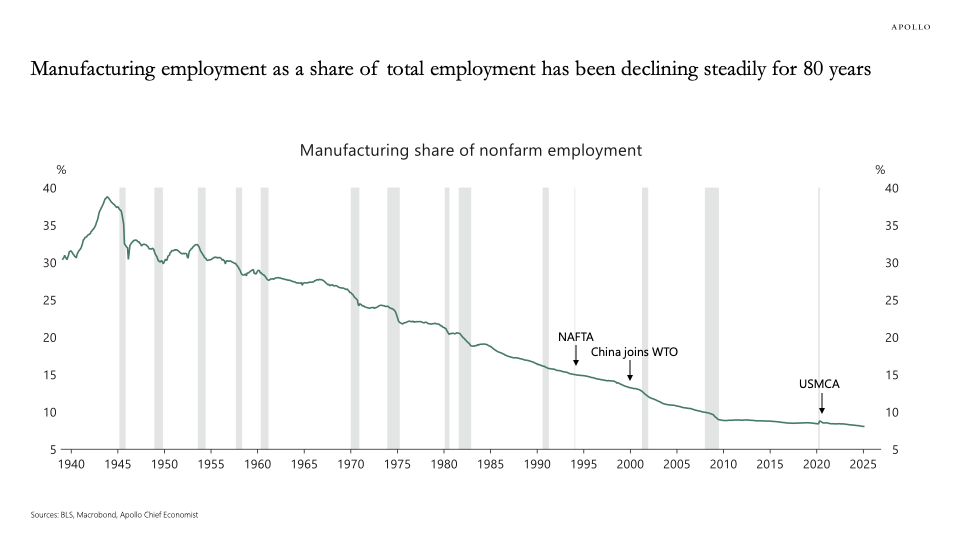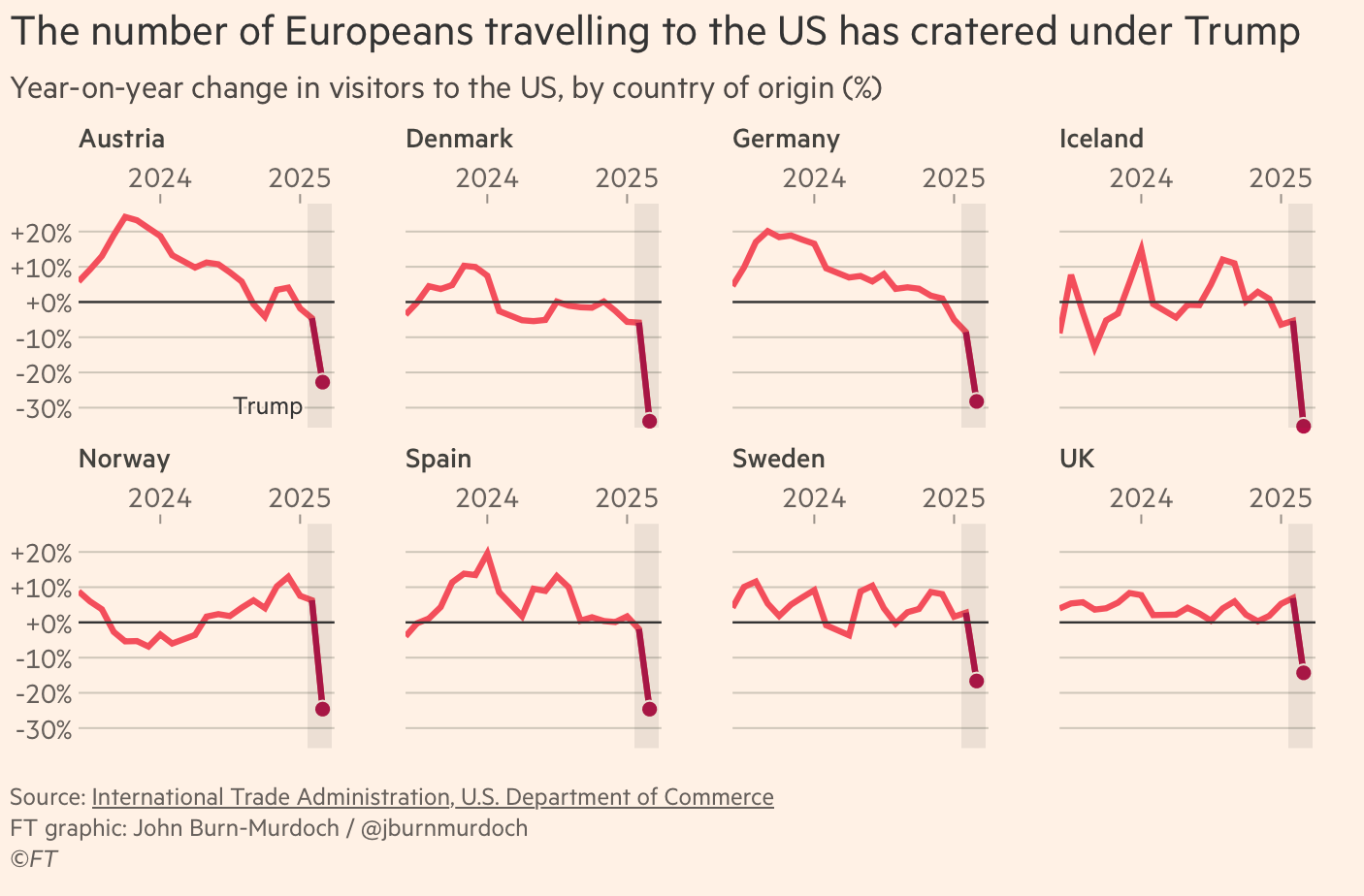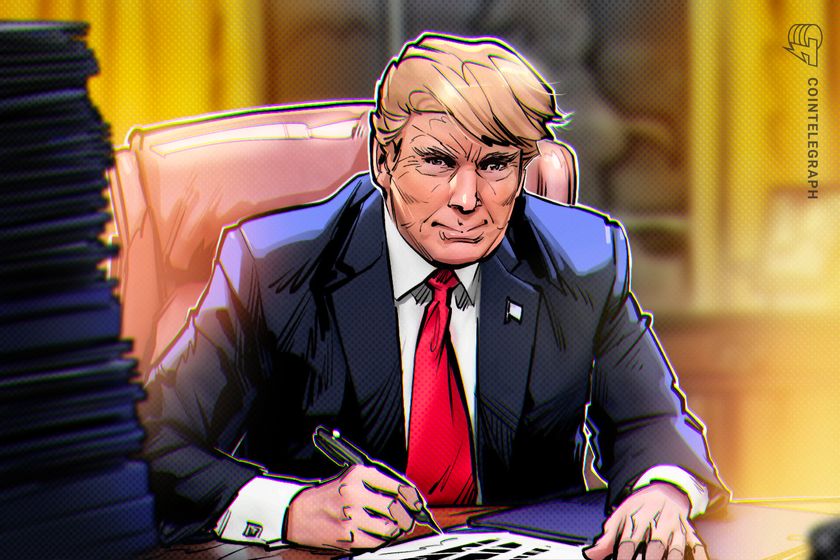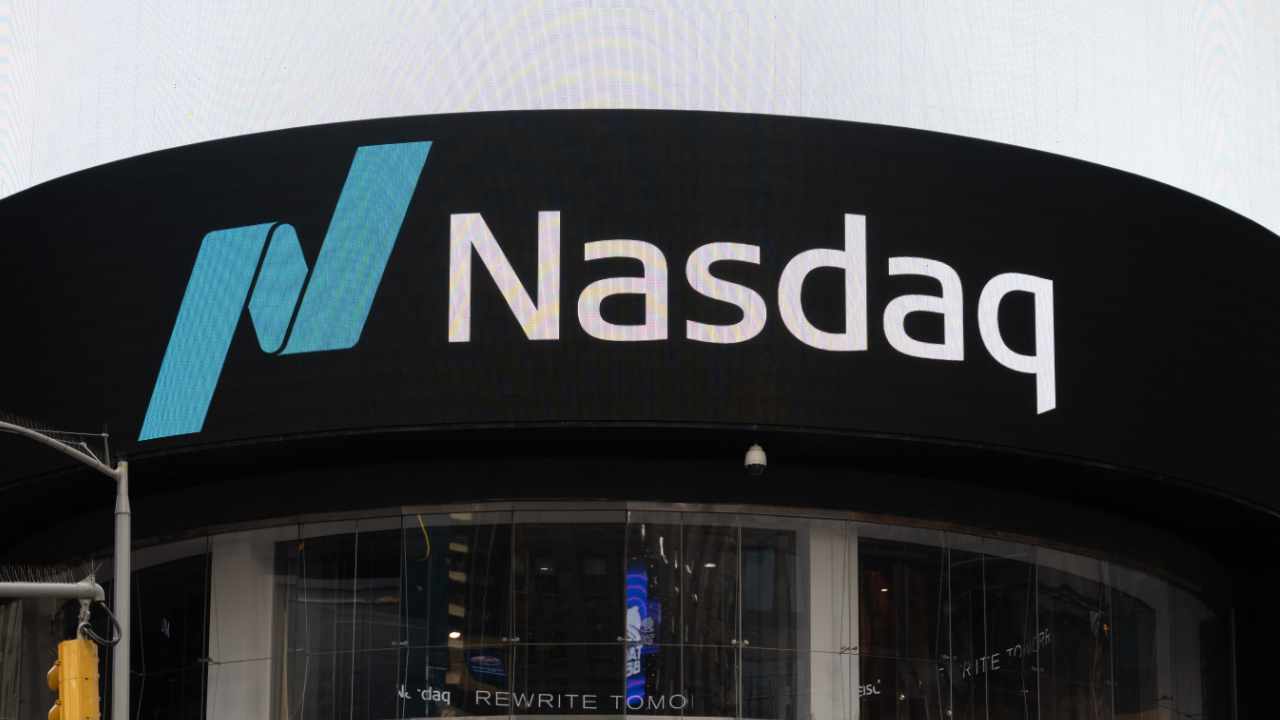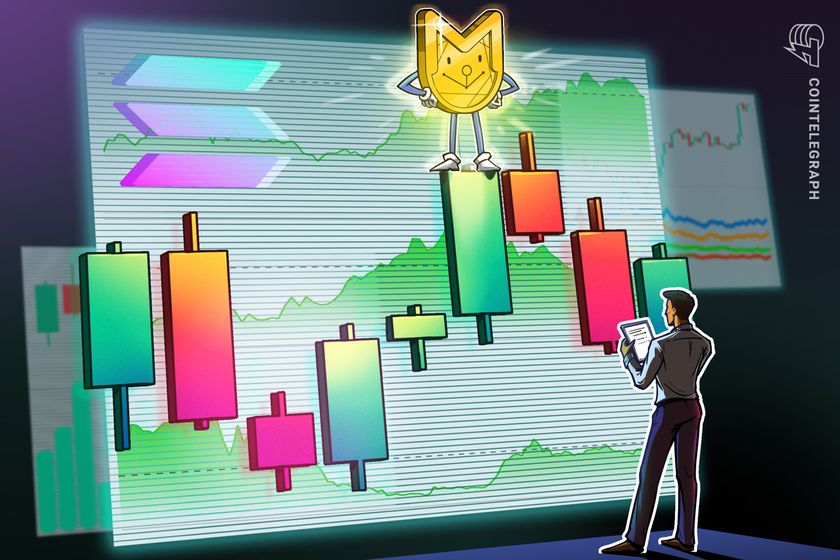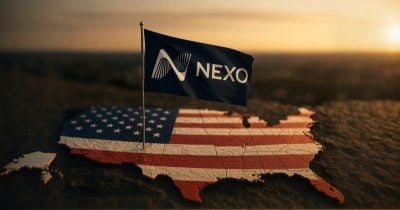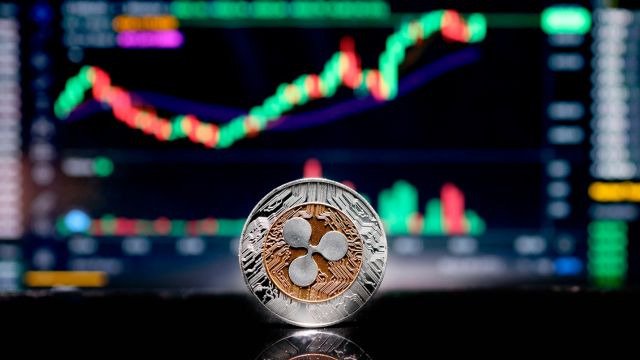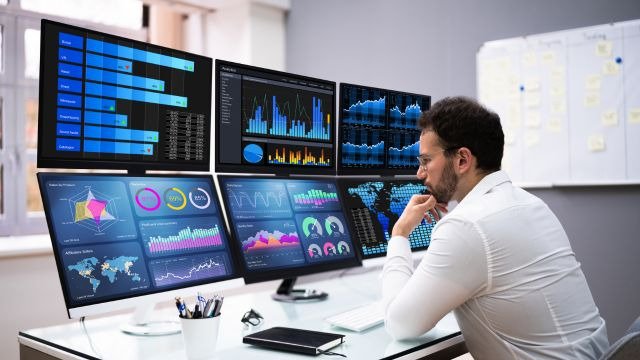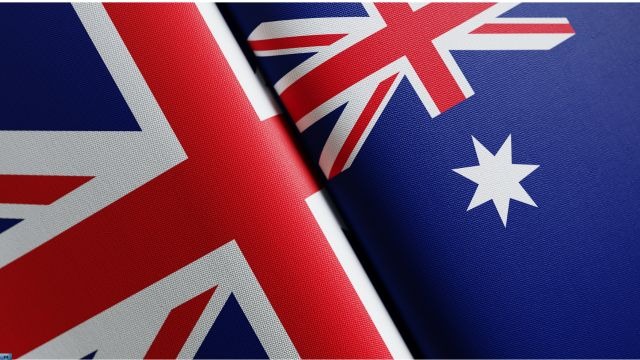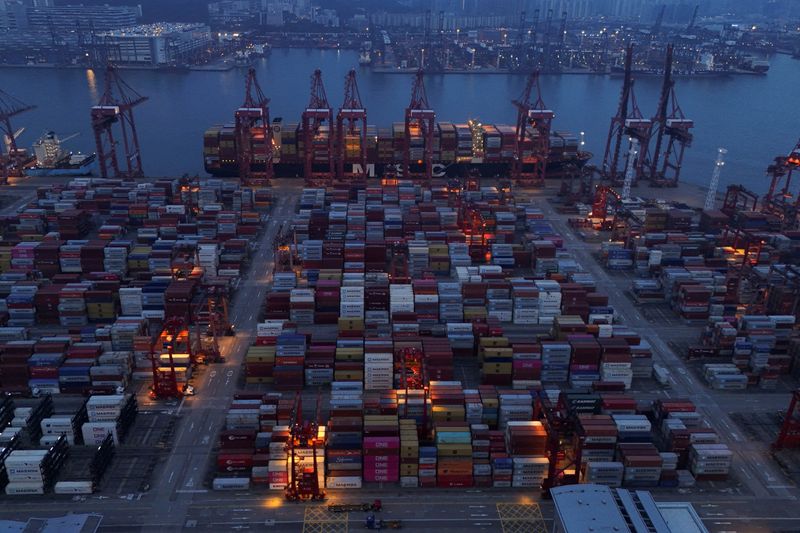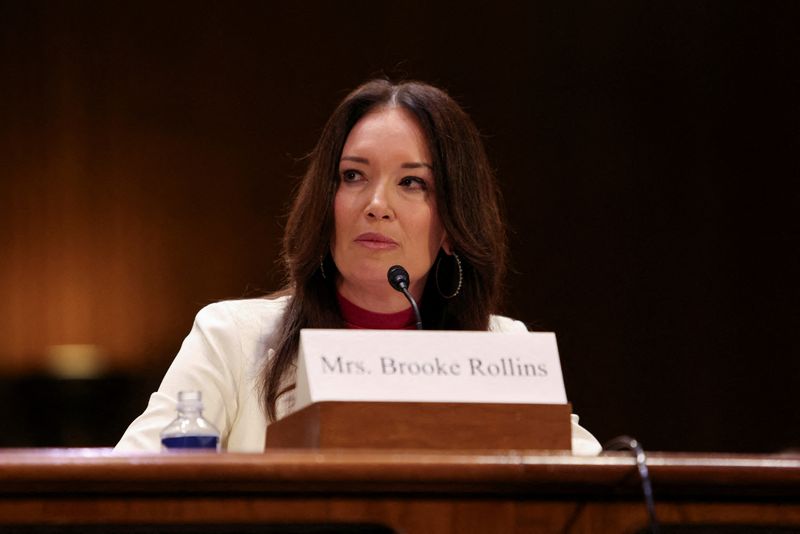U.S. tariffs will hasten, not slow, China’s drive for tech self-sufficiency
The next time the U.S. tries something like the H20 chip ban, it may mean very little to the China AI ecosystem.

Donald Trump’s “Liberation Day” tariffs are shocking global markets and rekindling fears of a prolonged trade war. The U.S. president may be reconsidering some of his most disruptive tariffs as he floats the possibility of a deal—but he also continues to threaten new measures on goods like semiconductors and pharmaceuticals as he tries to shake up the global trading system.
How will the tariffs affect China’s tech sector which—even just a month ago—was riding high on the success of DeepSeek’s AI model?
China has been preparing since Trump first imposed tariffs back in 2018. Beijing has long anticipated a second round with the U.S. Faced with tighter restrictions on its access to advanced technology, China has methodically built out its technology supply chains. It’s not just constructing local chip plants: Beijing’s measures include bolstering renewable energy capacity, building out cloud computing capabilities through national projects like East Data West Compute, and investing in lidar technology and batteries.
Beijing isn’t trying to out-compete U.S. innovation in AI infrastructure. Instead, it’s leveraging its manufacturing expertise and doubling down on physical AI, like robotics and AI-enabled EVs.
China’s chip industry still lags the cutting-edge. But it’s far more self-sufficient today than it was five years ago, when the U.S. first started tightening the screws on chip exports. The country’s strength goes beyond hardware, as DeepSeek’s open-source AI models make affordable LLMs possible.
The U.S. will likely continue to constrain China’s tech sector, even if Trump pulls back on his tariffs threats. Measures like the chip export controls now enjoy bipartisan support in Washington.
AI companies like Alibaba, ByteDance and DeepSeek previously relied heavily on the contentious Nvidia H20 chip, until recently the most cutting-edge processor that could be legally sold in China, were vital to. A full ban will force China’s Big Tech companies to rethink their chip strategy—and maybe consider alternatives, like those made by Huawei.
Analysts suggest Huawei’s revenue will likely see a big jump in revenue as customers turn to its AI systems instead of Nvidia’s. One recent report from SemiAnalysis suggests Huawei's latest product might even surpass Nvidia's in some configurations.
Export controls, targeted tariffs and industrial policy may make sense for a U.S. worried about strategic competition and a need for more resilient supply chains. And that’s why China has done the same.
Supply chain moves
Since 2018, companies large and small have moved manufacturing and sourcing to countries like Vietnam, Bangladesh and Thailand. But companies can’t cut out China completely. As Apple CEO Tim Cook noted in 2015, it’s hard to match China’s combination of scale, labor skill, and infrastructure, at least in the short term. More than 80% of iPhones are still made in China.
Trump’s punitive tariffs don’t just raise costs for consumers. They’ll force U.S. Big Tech to rethink supply chain strategies that have taken decades to build. Unpredictability, not tariffs, is the real tax for global firms that rely on long-term planning and stable conditions. Each policy tweak, whether its tariffs, export bans, blacklists or exemptions, ripples through global markets.
For some Chinese firms, it’s translating into a cautious and risk-averse “wait-and-see” stance, pausing U.S. business and focusing on non-U.S. business for now. Chinese companies are already quietly hedging against trade disruption: building for the domestic market first, rethinking their expansion strategies, or rerouting development and sales to friendlier jurisdictions.
Tariffs also affect China’s AI plans, albeit indirectly. China’s AI startups serve the broader tech sector; Executives rethinking AI plans will have a downstream effect on China’s AI startup ecosystem.
AI, cloud computing and semiconductors aren’t isolated sectors. They’re built on academic, commercial and governmental collaboration across borders. Technological progress still benefits from openness, whatever the value of strategic autonomy.
Making matters worse is a rising tide of anti-Chinese sentiment around the world. The conflation of ethnicity, nationality, and geopolitics has become much more common since the COVID pandemic. Rising fears about China erodes a sense of trust and safety and damages the social fabric that underpins global innovation. And it can be self-defeating, as shown by the steady return of Chinese academics, worried about prejudice, back to China.
What happens next?
The U.S. may hope that the right mix of tariffs, subsidies and export controls can preserve its tech leadership. But instead, the continued push to cut off China’s access to advanced technology is going to make it more self-sufficient out of necessity. The trade war, even if it leads to a deal, will push China to invest in its tech sector even more. The next time the U.S. tries something like the H20 chip ban, it may mean very little to the China AI ecosystem.
Competition can be healthy, but doesn’t need to mean collapse. The challenge for both the U.S. and China is to draw clear guardrails to support national security without shutting down collaboration entirely. Climate tech, healthcare, AI safety and open-source development could still present real possibilities for cooperative leadership.
The opinions expressed in Fortune.com commentary pieces are solely the views of their authors and do not necessarily reflect the opinions and beliefs of Fortune.
This story was originally featured on Fortune.com

